Struggling with that sharp, shooting pain down your leg? You’re not alone—it’s likely sciatica, and it can be a real pain in the… well, you know. But here’s the good news: a sciatica chiropractor can help you find fast and effective relief. Sciatica occurs when the sciatic nerve is irritated, often causing discomfort that ranges from mild to unbearable.
Chiropractors specialize in pinpointing the cause of your pain and using gentle, non-invasive techniques to reduce pressure on your nerves. With targeted adjustments, they help restore proper alignment, relieve tension, and get you back on your feet without the constant ache. If you’re tired of living with sciatic pain, a chiropractor might just be the answer you’ve been looking for!
How can a chiropractor help relieve sciatic pain quickly?
A chiropractor can help relieve sciatic pain quickly through several targeted approaches designed to address the underlying causes and alleviate symptoms. Here’s how:
- Spinal Adjustments: Chiropractors perform spinal adjustments, also known as spinal manipulations, to correct misalignments in the vertebrae that may irritate the sciatic nerve. Realigning the spine reduces pressure on the nerve, which can lead to immediate pain relief and improved nerve function.
- Decompression Therapy: Decompression techniques, such as spinal traction, can help relieve sciatic pain by gently stretching the spine. This process creates space between the vertebrae, reducing pressure on the discs and nerves, alleviating pain, and improving mobility.
- Soft Tissue Therapy: Chiropractors use soft tissue therapies, such as massage and myofascial release, to address muscle tension and tightness around the lower back and hips. This helps relax muscles, reduce inflammation, and improve blood flow, relieving pain and promoting healing.
- Exercise and Rehabilitation: Chiropractors often prescribe specific exercises and stretches to strengthen the core muscles and improve flexibility. These exercises can help support the spine, reduce pressure on the sciatic nerve, and prevent future episodes of sciatica.
- Posture and Ergonomics: Improving posture and ergonomics is crucial for managing sciatic pain. Chiropractors guide proper body mechanics and ergonomic adjustments to reduce strain on the spine and prevent aggravation of the sciatic nerve.
- Lifestyle and Advice: Chiropractors offer advice on lifestyle changes that can help manage and prevent sciatica, including weight management, proper lifting techniques, and regular physical activity. They may also recommend modifications to daily activities to reduce lower back stress.
By using these approaches, chiropractors aim to provide quick and effective relief from sciatic pain while addressing the root causes to promote long-term recovery and prevent recurrence.
What treatments do chiropractors use for sciatica pain relief?
Chiropractors employ various treatments to alleviate sciatica pain, focusing on reducing nerve compression, improving spinal alignment, and relieving associated muscle tension. Here are some common treatments used:
- Spinal Adjustments: Spinal adjustments, or manipulations, involve applying controlled force to specific vertebrae to correct misalignments (subluxations) in the spine. Realigning the spine can help relieve pressure on the sciatic nerve and improve nerve function.
- Decompression Therapy: Decompression therapy, such as spinal traction, gently stretches the spine to create space between the vertebrae. This helps reduce pressure on herniated or bulging discs that may irritate the sciatic nerve, relieving pain and discomfort.
- Soft Tissue Therapy: Soft tissue therapies, including massage and myofascial release, target tight or inflamed muscles around the lower back and hips. These techniques help relax muscle tension, reduce inflammation, and improve circulation, alleviating sciatic pain.
- Therapeutic Exercises: Chiropractors often prescribe specific exercises and stretches to strengthen the core muscles, improve flexibility, and support the spine. These exercises can help relieve sciatic nerve strain and prevent sciatica.
- Postural and Ergonomic Advice: Proper posture and ergonomic practices are crucial for managing and preventing sciatica. Chiropractors guide maintaining good posture and making ergonomic adjustments to workspaces and daily activities to reduce strain on the lower back.
- Heat and Cold Therapy: Applying heat or cold packs can help manage sciatica symptoms. Heat therapy can relax tight the cold therapy reduces inflammation and numbs pain, while the muscles and blood flow increase. Chiropractors may recommend or apply these therapies during treatment.
- Lifestyle and Nutritional Advice: Chiropractors often offer advice on lifestyle changes that support spinal health and overall well-being. This may include weight management, nutrition, and exercise recommendations to improve spinal health and prevent sciatica.
- Electrical Stimulation: In some cases, chiropractors use electrical stimulation techniques, such as TENS (transcutaneous electrical nerve stimulation), to help reduce pain and muscle spasms associated with sciatica.
By combining these treatments, chiropractors aim to address the underlying causes of sciatica, relieve pain, and promote long-term recovery and prevention.
Is chiropractic care effective for long-term relief from sciatica?
Chiropractic care can effectively relieve sciatica, particularly when combined with other holistic approaches and lifestyle changes. Here’s how chiropractic care can contribute to long-term relief:
- Addressing the Underlying Causes: Chiropractors treat sciatica caused by spinal misalignments, herniated discs, and muscle imbalances. Chiropractors can alleviate sciatica by treating these abnormalities with spinal adjustments and other therapies.
- Improving Spinal Alignment and Function: Regular chiropractic adjustments maintain spinal alignment, relieve sciatic nerve pain, and improve spinal function. Maintaining spine alignment improves nerve function and decreases sciatica pain.
- Strengthening and Stabilizing the Core: Therapeutic core exercises are regularly prescribed by chiropractors to strengthen core muscles and increase flexibility. A strong and stable core reduces lower back strain and avoids future episodes of sciatica.
- Promoting Healthy Posture and Ergonomics: Good posture and ergonomic practices are crucial for long-term sciatica relief. Chiropractors guide maintaining proper posture and making ergonomic adjustments to daily activities and work environments, which helps decrease strain and risk sciatica.
- Preventive Care and Lifestyle Advice: Chiropractors stress preventive care and lifestyle improvements, such as weight control, exercise, and body mechanics. These improvements provide long-term relief and lessen sciatica risk.
- Comprehensive Treatment Plan: A chiropractor’s sciatica treatment strategy may include spinal adjustments, soft tissue therapy, exercises, and lifestyle changes. This holistic treatment supports spinal health and long-term relief.
- Regular Monitoring and Maintenance: Ongoing chiropractic care, including regular check-ups and maintenance adjustments, can help manage sciatica and prevent recurrence. Monitoring spinal health and addressing issues early can improve long-term relief and well-being.
Although chiropractic therapy is successful for many people with sciatica, results may vary depending on the individual’s specific condition, adherence to the treatment plan, and overall health. If necessary, combining chiropractic care with other medical treatments can further enhance long-term relief.
How many chiropractic sessions are typically needed to treat sciatica?
The number of chiropractic sessions needed to treat sciatica intensity varies depending on the condition, the underlying causes, and the individual’s response to treatment. Typically, patients may start with two to three weekly sessions for the first few weeks. This frequency helps address acute symptoms, such as pain and inflammation and begins the process of spinal realignment and nerve decompression.
After the initial phase, the frequency may be reduced based on progress and improvement. Most patients see significant relief within 6 to 12 weeks, but the total duration of treatment can vary. Some individuals may require additional sessions to address chronic issues or prevent recurrence.
It’s essential to follow the chiropractor’s recommendations and comply with the treatment plan, which usually includes adjustments, exercises, and lifestyle changes. Long-term alleviation is desired to prevent future episodes of sciatica. Regular follow-ups may be advised to track progress and alter treatment. The chiropractor will tailor the number of sessions to meet your demands, assuring customization for optimal results.
Find Quick Relief with Our Sciatica Experts
At Collective Chiropractic, we specialize in providing fast and effective relief from sciatic pain. Our experienced chiropractors use advanced techniques to address the root causes of your sciatica, offering personalized treatments that include spinal adjustments, decompression therapy, and targeted exercises. We focus on reducing your pain, improving mobility, and preventing future episodes by tailoring our approach to your needs.
Whether you’re dealing with acute or chronic sciatica, our dedicated team is here to help you get back to your life with minimal discomfort. Contact us today to start your journey toward a pain-free future with expert chiropractic care!
